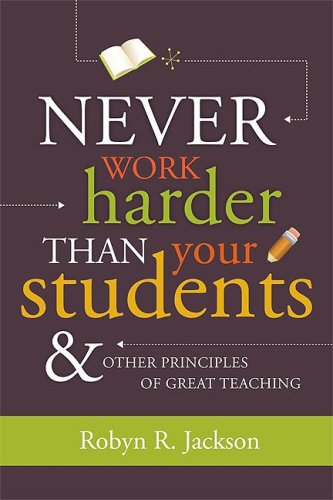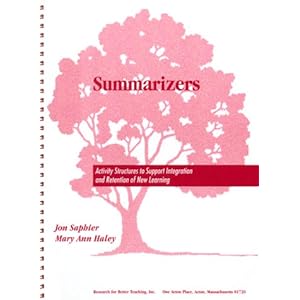Once the project gets started every kids immediately is engaged, there's no way around it. There are too many ways to personalize this project, too much student choice to not let the be successful The project is nothing short of a BLAST.
Kids come back year after year and say "This is the hardest thing I've ever done, and I'l never forget it."
The key to making this project a success each year is scaffolding and setting kids up for success. Every year I reflect with students and add a new piece to make the project better. Here's the project from finish to start....
Finished Products:
To get to the final project students were given three phases with due dates to keep them on track. Each phase had a card to go with it. The cards were green (planning), yellow (caution/work phase), red (finishing phase). The cards looked like this Planning phase card below:
I recently added the ability for kids to integrate some technology. Students (11 year olds) have been working on using Google Sketchup to make 3D models of their projects:
Student samples:
And
Student had a working circuit and attached it to their shoebox. Since this was difficult for some students I created image laden directions should they need it:
They learned about circuits and how to hook up circuits
(Classroom content and grade level expectations outlined by the state)
Here's the video they used that I made when I flipped the classroom:
Before wiring they needed to design their space using the project packet:
Wiring Project Packet: https://docs.google.com/file/d/0Bwz1J6fj2c9rRDBZZW5FckpLQTg/edit
And it all started with teaching them how to splice wires:
Why was this engaging?
Students were given the freedom of choice. They could choose a room in a house, a store in a mall, a part of a car, a part of a plane, a resort, anything. I didn't care. They could choose to use technology, the could go old school. They moved at their own pace, designed to their criteria, I sat aside and helped and guided them to success.
How was it graded?
Scoring guides were made by the class. I only graded based on their knowledge and expertise with our content (series and parallel circuits) not their ability to wire. Outside of that the students made their scoring guides. Here's an example they made:
Moral of the story:
Use your content to design engaging projects and solve real world problems through student choice.



.jpg)










